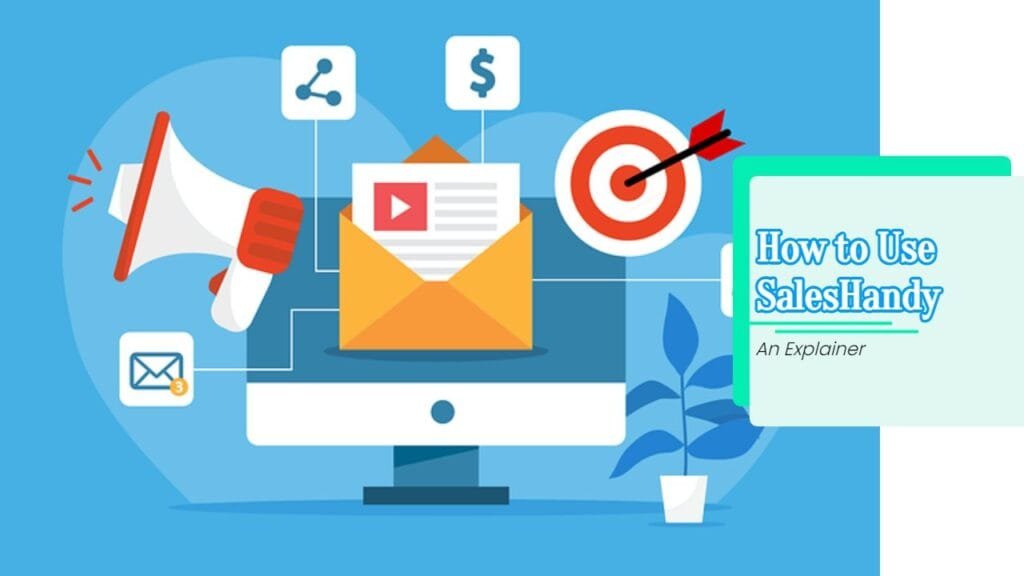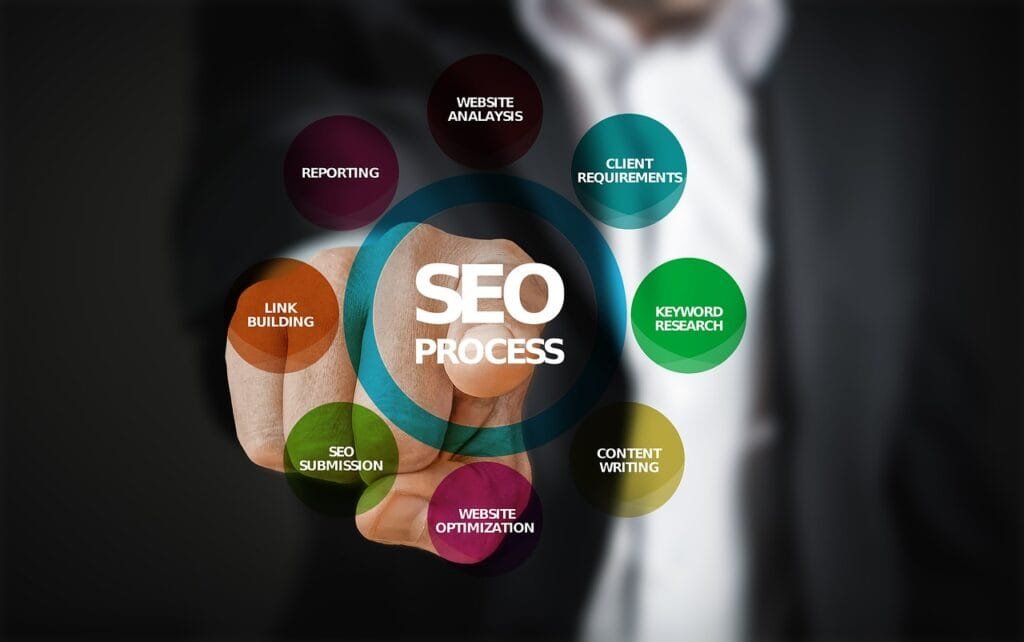Understanding Marketing Mix
The concept of the marketing mix is fundamental for creating successful marketing strategies. It refers to the combination of elements that an organization uses to achieve its marketing objectives.
Relevance of Marketing Mix
The marketing mix consists of product, price, place, and promotion—commonly known as the 4 Ps. These elements were introduced by marketing professor E. Jerome McCarthy in 1960 (Investopedia). Understanding these components is critical for CEOs, CMOs, founders, and business owners as they directly influence a company’s ability to meet its customers’ needs and achieve business goals.
- Product: This involves the actual good or service offered to meet consumer demands. The choice of product can greatly affect the overall strategy.
- Price: Setting the correct price point is vital to balance profitability and consumer appeal. Explore more about price strategies.
- Place: This refers to the distribution channels used to deliver the product to the customer. Efficient placement enhances availability and convenience.
- Promotion: Involves the techniques used to communicate the benefits of the product to the target audience. Check out various promotion techniques.
An effective marketing mix strategy helps businesses optimize their marketing efforts and improve their competitive advantage. For more detailed insights, explore our strategic marketing mix article.
Evolution Over Time
The marketing mix has evolved significantly since its inception. Originally formulated as the 4 Ps, it has since expanded to include additional elements to address the changing marketing environment.
The concept later incorporated People, Packaging, and Process, transforming it into the 7 Ps of marketing (Mailchimp). This extended model provides a more holistic approach, especially crucial in today’s customer-centric market landscape.
| Marketing Mix Elements | Original 4 Ps | Expanded 7 Ps |
|---|---|---|
| Product | Yes | Yes |
| Price | Yes | Yes |
| Place | Yes | Yes |
| Promotion | Yes | Yes |
| People | No | Yes |
| Packaging | No | Yes |
| Process | No | Yes |
Over the years, the relevance of the marketing mix has seen renewed focus in educational programs and business practices. Modern adaptations have emphasized a customer-oriented approach which aligns closely with contemporary marketing strategies. For instance, the introduction of digital channels has influenced how marketers consider the ‘Place’ element. Explore how the modern approach contrasts with traditional marketing in our article on traditional marketing mix.
Understanding the marketing mix and its evolution is indispensable for business owners looking to refine their strategic efforts. For practical examples and models, see our marketing mix examples section.
Traditional vs Modern Concepts
To truly grasp the marketing mix definition, it’s essential to understand how marketing strategies have shifted from traditional to modern concepts.
Traditional Marketing Focus
The traditional marketing concept primarily concentrates on products. It emphasizes the production and marketing of products to maximize profit. This approach is inherently profit-oriented, leveraging push marketing strategies to sell products for financial gain. Here, the primary goal is to generate revenue with a one-dimensional sale-focused strategy.
In the traditional framework, the marketer’s primary task is to convince the consumer about the utility of the product, often without much regard for the consumer’s actual needs or feedback. This approach heavily relies on the seller’s ability to persuade buyers and often employs aggressive marketing tactics to achieve its objectives.
Modern Customer-Oriented Approach
Conversely, the modern marketing approach centers around the customer. It aims to meet and exceed customer expectations, prioritizing customer satisfaction over immediate profits. This strategy is more nuanced and takes into account customer feedback, preferences, and behavior, aligning with the principles of the 4 Ps of marketing.
Modern marketing includes a comprehensive and multi-dimensional strategy that integrates the following:
- Customer Feedback: Continuous improvement based on customer reviews and feedback.
- Targeted Marketing: Using data to understand and target specific customer segments effectively.
- Customer Relationship Management (CRM): Building and maintaining long-term relationships with customers.
The advent of digital technologies and platforms has further expanded modern marketing paradigms to include processes and channels that were previously unimaginable. Social media, e-commerce, and advanced customer service mechanisms are now integral parts of the marketing mix (Forbes Agency Council). This evolution has led to adding more elements to the marketing mix, famously extending it from the original 4 Ps to 7 Ps by incorporating ‘People,’ ‘Process,’ and ‘Physical Evidence’.
| Traditional Marketing | Modern Marketing |
|---|---|
| Profit-Oriented | Customer-Oriented |
| Focus on Products | Focus on Customer Needs |
| Push Marketing Tactics | Pull Marketing and Engagement |
| One-Dimensional Sales Strategy | Multi-Dimensional Integrated Strategies |
| Limited Customer Interaction | Continuous Customer Feedback and CRM |
Both traditional and modern marketing approaches have their merits, yet modern concepts align better with today’s dynamic business environment. For a deeper dive into implementing modern marketing strategies, refer to our article on marketing mix models.
By understanding these fundamental changes, CEOs, CMOs, founders, and business owners can better craft strategies that resonate with their target audiences and drive sustained growth. For more insights into these strategic shifts, explore our detailed guides on the strategic marketing mix and marketing mix development.
The Four Ps of Marketing
The marketing mix definition is closely tied to the concept known as the “Four Ps of Marketing.” These four components are crucial in developing an effective marketing strategy. They include: Product, Price, Place, and Promotion.
Product and Its Significance
Product refers to what a company sells, whether it is a physical item, a service, or anything else designed to meet customer needs and wants. The product is central to the marketing mix because it is the primary factor driving consumer interest.
A successful product strategy should highlight what makes the product unique or special compared to competitors’ offerings. This could involve emphasizing quality, features, and potential companion products or services. For an extensive analysis, see our article on product in marketing mix.
| Aspect | Description |
|---|---|
| Physical Product | Tangible item sold to customers |
| Service | Intangible offering fulfilling consumer needs |
| Unique Selling Proposition | Distinguishing features making the product unique |
Source: Investopedia
Price Strategies and Considerations
Price represents the amount of money charged for a product or service. It is a critical driver of both sales and profits.
Pricing strategies can vary significantly based on multiple factors, including production costs, perceived value, and market demand. Cost-based pricing focuses on covering manufacturing costs plus a profit margin, whereas value-based pricing emphasizes the perceived value of the product to consumers.
| Pricing Strategy | Focus |
|---|---|
| Cost-Based Pricing | Based on manufacturing and production costs |
| Value-Based Pricing | Based on perceived value and quality by consumers |
| Competitive Pricing | Based on competitors’ pricing strategies |
Source: American Marketing Association
For more detailed insights, check out our article on price in marketing mix.
Place: Distribution Channels
Place refers to the distribution strategies used to deliver the product to the target market. This element involves selecting the right physical or online locations to sell the product and ensuring that the product is easily accessible to potential customers.
Decisions related to ‘place’ must be aligned with the target audience’s shopping habits and preferences. Furthermore, effective placement strategies can significantly boost product visibility and sales.
| Distribution Channel | Example |
|---|---|
| Physical Store | Brick-and-mortar retail outlets |
| Online Platform | E-commerce websites and marketplaces |
| Advertising Placement | Physical and digital advertisement spaces |
Source: American Marketing Association
For an in-depth understanding, see our article on place in marketing mix.
Promotion Techniques
Promotion encompasses all the communication and marketing efforts used to make customers aware of the product and encourage them to make a purchase. Effective promotion strategies are vital for driving customer engagement and brand recognition.
Promotion techniques can include advertising, personal selling, sales promotions, public relations, and various digital marketing methods. The choice of promotional tools should be aligned with the overall marketing strategy and target audience.
| Promotion Technique | Focus |
|---|---|
| Advertising | Paid media to create awareness |
| Personal Selling | Direct interaction with potential buyers |
| Sales Promotions | Special offers and discounts |
| Public Relations | Managing public image and media relations |
| Digital Marketing | Online channels, including social media |
For further details, explore our article on promotion in marketing mix.
Understanding the Four Ps—Product, Price, Place, and Promotion—is a fundamental step in crafting an effective marketing strategy. By carefully analyzing each of these elements, businesses can optimize their approach to meet customer needs and drive growth.
Elements of Marketing Mix
Additional Ps: People, Process, Physical Evidence
In addition to the classic 4 Ps of marketing – product, price, place, and promotion – three additional elements have become crucial for businesses, especially in service industries. These elements are people, process, and physical evidence.
People
People are a critical component of the marketing mix, especially in service-oriented businesses. The experience customers have with employees can significantly impact their satisfaction and loyalty. This includes everyone from frontline service providers to customer service representatives. Hiring the right individuals and providing them with adequate training ensures they deliver superior customer service and effectively communicate the company’s values and messaging.
Process
Process refers to the systems and procedures that deliver the product or service to the customer. This includes automation, logistics, and distribution channels. Efficient processes can reduce costs, increase customer satisfaction, and provide measurable results. Implementing streamlined processes ensures that businesses can meet customer expectations and provide a consistent experience (Forbes).
Physical Evidence
Physical evidence includes the tangible aspects that customers interact with. This can be the physical environment where a service is provided or the packaging of a product. For service-based businesses, it encompasses everything from the ambiance of a restaurant to the appearance of an office. Physical evidence provides cues about the quality and nature of the service, influencing customer perceptions and satisfaction.
The 7 Ps of Marketing
Expanding on the traditional marketing mix, the 7 Ps of Marketing include Product, Price, Promotion, Place, People, Packaging, and Process (Mailchimp). This framework helps businesses to effectively target their audience and enhance their marketing campaigns:
| Element | Description |
|---|---|
| Product | The goods or services offered to meet customer needs (product in marketing mix). |
| Price | The amount charged for the product, considering competition and perceived value (price in marketing mix). |
| Promotion | The methods used to communicate and promote the product, such as advertising and sales promotions (promotion in marketing mix). |
| Place | The distribution channels through which the product is delivered to the customer (place in marketing mix). |
| People | Everyone involved in the delivery and experience of the product or service. |
| Process | The systems and processes that support the delivery of the product or service. |
| Physical Evidence | The tangible elements a customer encounters that impact their perception of the product or service. |
Understanding and integrating these seven elements can significantly enhance the effectiveness of your marketing strategies. By focusing on both the traditional and modern aspects of the marketing mix, businesses can better meet their customer needs and achieve their marketing goals. For further insights, explore our detailed articles on service marketing mix and marketing mix models.
Application and Impact
Understanding the marketing mix is crucial for any business owner or marketing executive looking to create effective marketing strategies. Let’s explore how the marketing mix can be implemented and what its effectiveness looks like in real-world scenarios.
Implementing the Marketing Mix
When implementing the marketing mix, it’s essential to consider each of the four Ps: product, price, place, and promotion. Each element plays a pivotal role in ensuring the success of your marketing strategy.
- Product:
Variety: Offering a diverse range of products to meet different customer needs.
Design & Quality: Ensuring the product is well-designed and of high quality to attract and retain customers.
Features & Positioning: Highlighting unique features and positioning the product effectively in the market.
For more details on product strategy, check out our comprehensive guide on product in marketing mix.
- Price:
Setting Pricing Strategies: Determining the price point that balances competitiveness with profitability.
Discounts & Offers: Creating attractive offers to entice customers.
Payment Methods: Providing multiple payment options to enhance customer convenience.
Learn more about pricing strategies by visiting price in marketing mix and marketing mix pricing strategies.
- Place:
Distribution Channels: Choosing the right distribution channels to make the product accessible.
Online Presence: Establishing a strong online presence for wider reach.
Logistics: Ensuring efficient logistics to maintain product availability.
Explore various distribution strategies in our article on place in marketing mix.
- Promotion:
Advertising & PR: Utilizing advertising and public relations to create awareness.
Sales Promotions: Implementing sales promotions to drive short-term sales.
Social Media & Content Marketing: Engaging customers through social media and valuable content.
Dive deeper into promotional techniques in our section on promotion in marketing mix.
| Element | Example Strategies |
|---|---|
| Product | Variety, Design, Quality, Features, Positioning |
| Price | Pricing Strategies, Discounts, Payment Methods |
| Place | Distribution Channels, Online Presence, Logistics |
| Promotion | Advertising, Sales Promotions, Social Media |
Effectiveness in Marketing Strategies
The effectiveness of the marketing mix lies in its ability to adapt and respond to market dynamics (TechTarget). Here are some key factors that determine its effectiveness:
- Customer-Centric Approach:
- Focusing on customer needs and preferences ensures that the marketing strategies align with market demand.
- Flexibility and Adaptability:
- Being flexible and ready to adapt marketing strategies as per changing market conditions is crucial.
- Integration Across Channels:
- Ensuring that all elements of the marketing mix are integrated across various marketing channels enhances consistency.
- Measurability:
- Implementing tools and metrics to measure the effectiveness of each element helps in refining strategies for better results.
For insights on how the marketing mix can be optimally integrated, consider reading our article on marketing mix integration.
Applying the marketing mix effectively requires continuous analysis and adjustment. Metrics and analytics play a significant role in this process. For more in-depth analysis techniques, refer to our guide on marketing mix analysis.
By understanding and implementing the marketing mix diligently, businesses can create powerful marketing strategies that drive growth and success. For real-world examples and case studies, check out our compilation of marketing mix examples.


















